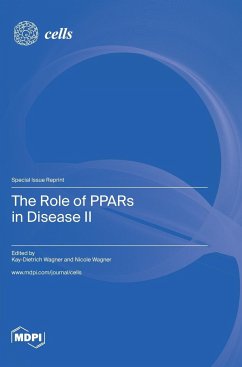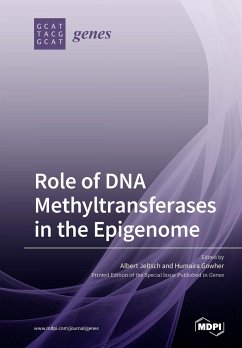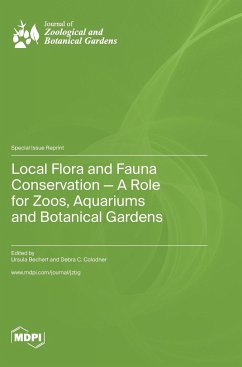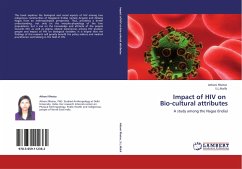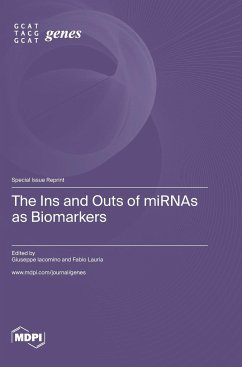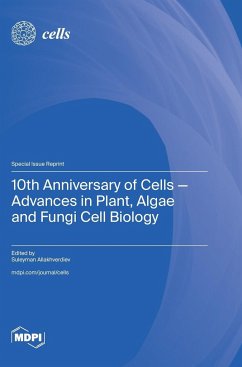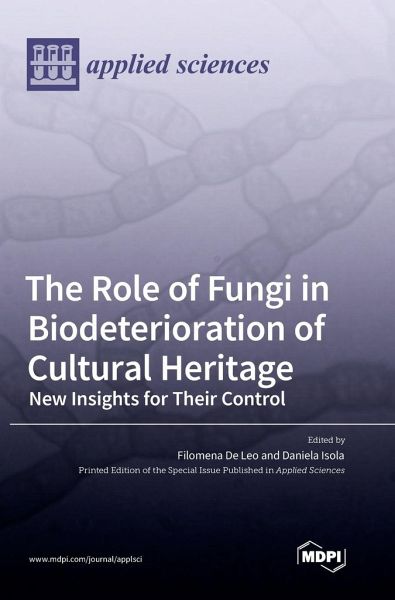
The Role of Fungi in Biodeterioration of Cultural Heritage
New Insights for Their Control
Versandkostenfrei!
Versandfertig in 1-2 Wochen
66,99 €
inkl. MwSt.

PAYBACK Punkte
33 °P sammeln!
This reprint focuses on fungi as they are considered one of the most harmful organisms, endangering the conservation of historical and artistic heritage worldwide. Fungi are a large group of organisms occupying many ecological niches, even those considered extreme, due to their ability to cope with many environmental factors and to feed on all organic materials, even those considered toxic. For these reasons, the conservation of artefacts of historical or artistic value must consider information on fungal diversity, ecology, and the methods of controlling or limiting their destructive action. ...
This reprint focuses on fungi as they are considered one of the most harmful organisms, endangering the conservation of historical and artistic heritage worldwide. Fungi are a large group of organisms occupying many ecological niches, even those considered extreme, due to their ability to cope with many environmental factors and to feed on all organic materials, even those considered toxic. For these reasons, the conservation of artefacts of historical or artistic value must consider information on fungal diversity, ecology, and the methods of controlling or limiting their destructive action. Biocides have been used for decades as the method of choice to stop or mitigate fungal spreading when preventive measures fail. Recently, more attention has been paid to alternative control methods that are more respectful of the operator and the environment. Due to the wide range of materials used throughout history, and the microclimatic conditions to which they are subjected worldwide, more efforts are needed to cover this knowledge gap and set more sustainable protocols.




